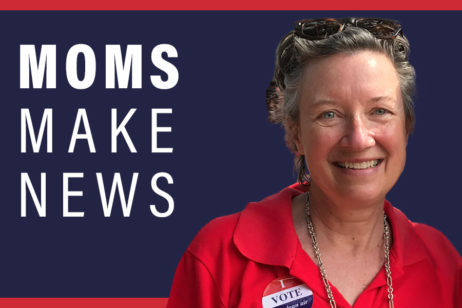WHAT WE’RE WORKING ON
We are working in several states to spread the word about federal funds available through the US Department of Energy’s Renew America’s Schools Program. The $500 million program promotes clean energy improvements at K–12 public school facilities, prioritizing high-need school communities. This first-of-its-kind investment, funded by President Biden’s Bipartisan Infrastructure Law (BIL), has a goal to help school communities make energy upgrades that will lower utility costs, improve indoor air quality, and foster healthier learning environments.
We are also working continuously in states across the country to encourage and support school districts making the transition to electric school bus fleets.
RELATED RESOURCES
WHY WE CARE
Schools are places of learning, but that doesn’t make them necessarily healthy. Children spend a large portion of their waking hours on school property, where they can be exposed to mold, poor air quality, tailpipe pollution, pesticides, cleaning supplies, and other potential health harms.
HEALTH IMPACTS
Children are inherently more vulnerable to environmental hazards than adults, because of both physiological factors (their organ systems are still developing) and behavioral factors (they put their hands in their mouths more often, for example). Children with underlying health conditions, such as those with asthma, are especially vulnerable to environmental health threats at school.
Children are more vulnerable to
environmental hazards than adults.
ENVIRONMENTAL JUSTICE
The quality of public schools in the United States varies widely. Segregation still exists. Some districts are funded better than others. Communities of color and low-income communities are frequently underfunded. This exacerbates achievement gaps and can impact education as well as health. This is why the DOE’s Renew America’s School Program specifically prioritizes high-need school communities.
BACK STORY
Over the years, Moms Clean Air Force has worked to enhance the environmental health of school buildings, which frequently suffer from dire infrastructure problems like leaking roofs or inadequate ventilation. Our focus on school safety has historically centered on indoor air quality concerns stemming from mold, an asthma trigger, as well as on keeping facilities free of toxic chemicals, including those found in gym flooring as well as the pesticides used around buildings and playgrounds.
More Articles and Resources

7 Most-Read Articles of 2023
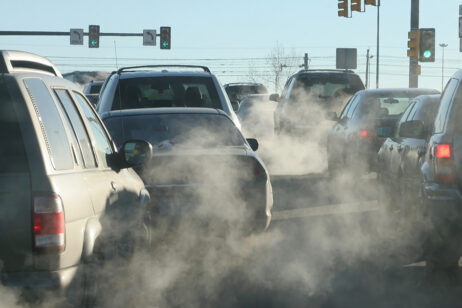
Healthy and Clean Transportation is Possible
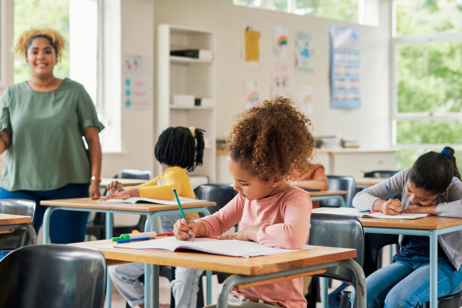
Here's How to Improve Air Quality in Your Child's School

Children’s Books to Inspire Climate Hope and Action

This Back-to-School Season's Trendy Item: Electric School Buses

Electric School Buses Hit the Roads!
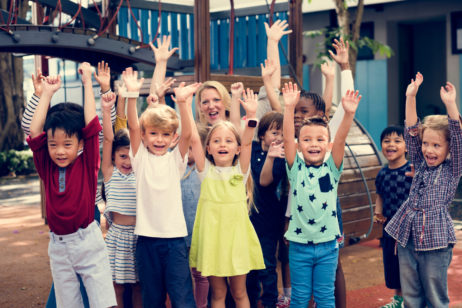
3 Tools to Live Healthier in the Age of Climate Change
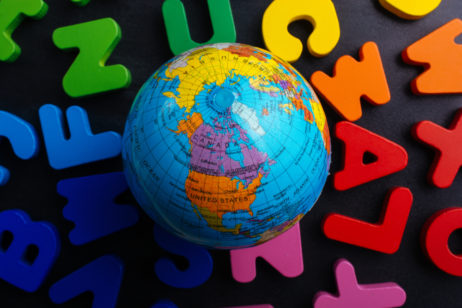
The ABCs of Climate Change at School
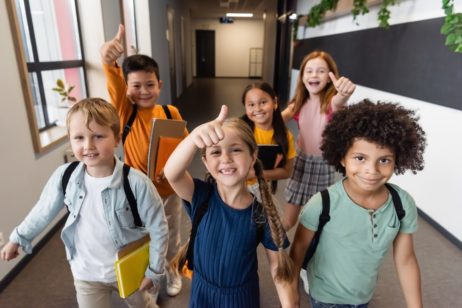
PFAS Expert Offers Back-to-School Tips to Protect Kids

Moms Celebrate Historic Investments in Electric School Buses with Vice President Kamala Harris
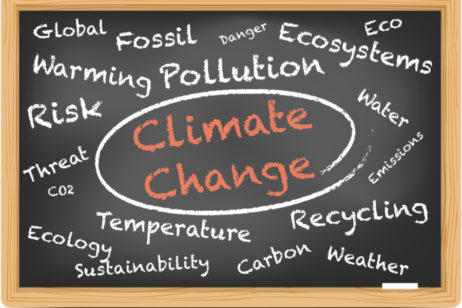
Why Schools Need Evidenced-Based Climate Curriculums

Why Electric School Buses Are an Environmental Justice Issue

Reasons to Roll with Electric School Buses
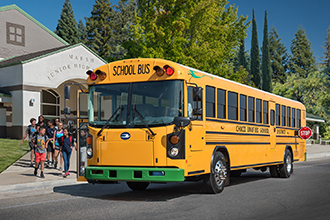
Electric School Buses: The Smartest Way to Get to School

Indoor Air Quality in Schools

Rep. Rashida Tlaib, State, Local Officials Highlight Clean Energy Opportunities From Federal Funding
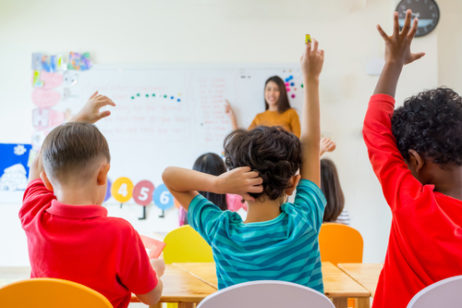
The Healthier Classroom Checklist
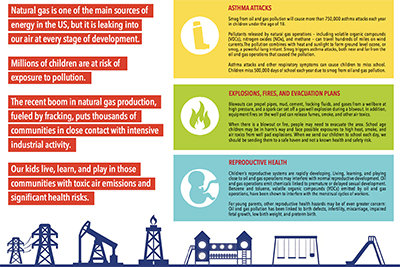
How Oil and Gas Affect School Age Children
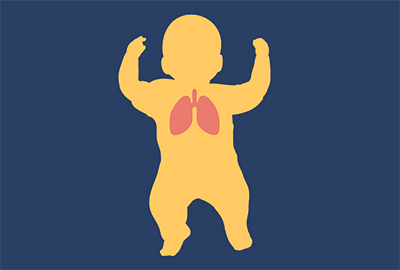
Protect Little Lungs

Reasons to Roll with Electric School Buses

Electric School Buses: The Smartest Way to Get to School
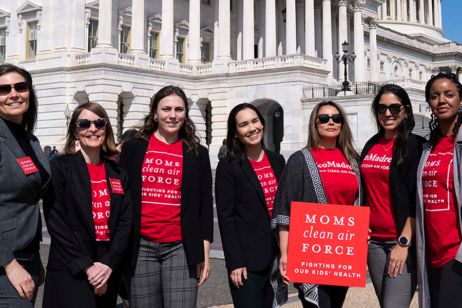
Boletín de EcoMadres: Enero 2024

EcoMadres Newsletter: January 2024

7 Most-Read Articles of 2023

Healthy and Clean Transportation is Possible

Here's How to Improve Air Quality in Your Child's School

Indoor Air Quality in Schools

Rep. Rashida Tlaib, State, Local Officials Highlight Clean Energy Opportunities From Federal Funding

Children’s Books to Inspire Climate Hope and Action

This Back-to-School Season's Trendy Item: Electric School Buses
